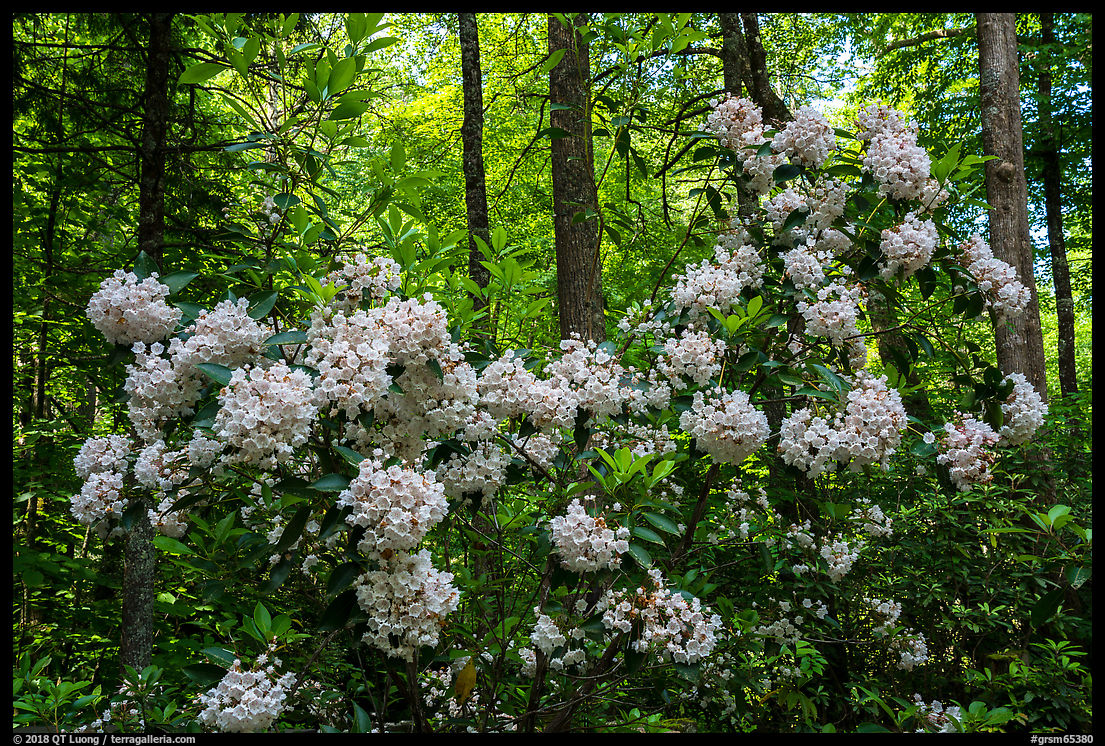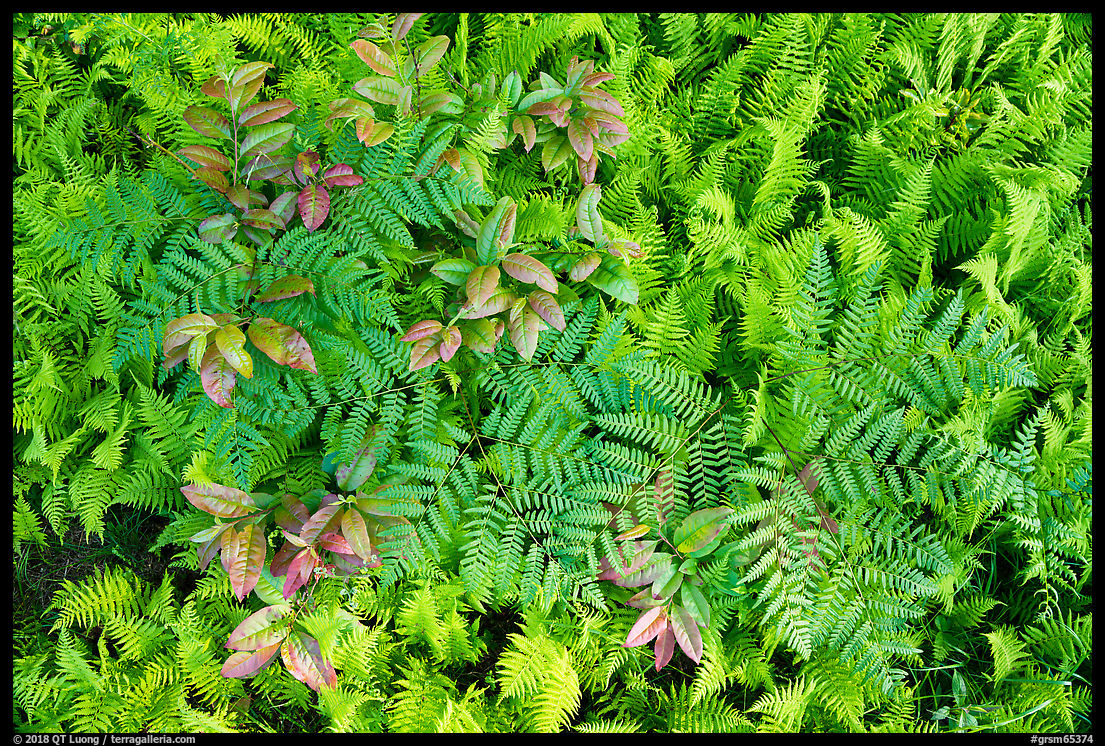Photographing Cataloochee, the quieter side of the Great Smoky Mountains
No Comments
With more than 10 million visitors per year, Great Smoky Mountains National Park is the most visited of the national parks, and its most popular area is Cades Cove which receives over 2 million visits per year, more than many large entire parks. Cades Cove is so popular because it has a bit of everything for everyone: historic structures, wildlife, and pastoral landscapes. Fortunately, at the opposite end of the park, Cataloochee offers a smaller version of Cades Cove, one that is considerably quieter. Follow me on a quick tour of Cataloochee and learn the technical choices behind the photographs.
Remoteness has so far preserved Cataloochee’s tranquility. The quickest access, via Cove Creek Road off US 276, is further away from a gateway town than any other significant park entrance, and involves a steep, narrow, and twisting road, some of which is unpaved. The unpaved road via Big Creek is even longer and more rough. Although all the roadside sights can be easily seen within a day, I stayed at the campground. It was not filled up, but note that you need to reserve your site by phone or online, which means prior entering Cataloochee since there is no cell signal in the valley.

There is only one clear view of the mountains in the Cataloochee area, at an unnamed overlook located shortly after the point when the road becomes paved again. The overlook is north facing, so both sunrise and sunset create side lighting. With mostly cloudy skies, the light was weak, but I thought the images I made after sunset made the most out of it, as the ridges were better delineated by the soft backlight and the sky momentarily acquired a bit of color.

An unexpected reward for staying at the campground was to find there a nicer cluster of Mountain Laurel than any I’d seen on the trails. Picnic tables were all around, but by moving in close and pointing the camera up, I excluded them. Is that still a truthful photograph? I chose the moment when the blooms were in the shade while the trees behind were sunlit. Like other small subjects, flower close-ups almost invariably work better in soft light, and if you photograph at a close distance with a wide-angle lens, the foreground becomes a close-up. On the other hand, if the trees had been in the shade, their darker leaves would have let the sky, which was inevitable as the camera was pointed up, create distracting bright spots. The potential downside of this choice of light is that the blooms could be too dark. In the old film days, I would have added a bit of light to the blooms with fill flash, but I knew that Lightroom would easily let me brighten them.

Like Cades Cove, Cataloochee features historic meadows encircled by mountains. This large but relatively featureless landscape needed strong light and shadows to define its structure. I photographed in the late afternoon, as the shadows were moving into the valley, but before they became overwhelming.

The Cataloochee area was once the most populated area in what became Great Smoky Mountains National Park. Nowadays it features eight historic sites easily accessible, only two fewer than Cades Cove. I wanted to give a sense of place for my photograph of Caldwell’s House by including the river and footbridge. As is often the case, having the river in the shade turns it into a mirror, whereas direct sunlight suppresses reflections. With the low late afternoon sun, shadows from the trees generated a confusing patchwork of shadow and light, so I waited for the meadows and house to be entirely in the shade.

Shade is a foolproof light for photographing a close-up scene, and I am always ready to make my own, even at midday. However, I noticed that branches of a nearby tree were filtering the sunlight enough to eliminate dark shadows while preserving a bit of direct light, resulting in beautiful illumination. Following the light, I looked for a composition and found those ferns and leaves, whose textures and colors were accented by the sunshine in a subtle way.

Besides looking for close-ups, I busied myself at midday by photographing inside the historic structures, where it becomes all about geometry. The images are not as straightforward as they seem, and necessitated careful adjustments with a shift lens. Fortunately, I could adapt the excellent Canon 24mm TSE to use on my Sony A7R2. For the schoolhouse above, notice how I was able to keep the shape of the back wall a rectangle rather than a trapeze, although most of the scene is located on the right side of the camera. This was made possible by shifting the lens towards the right, rather than rotating the camera. Similarly, for the barn below, notice how, with the central point of perspective located approximately 1/3 up the frame, you see more of the interesting ceiling than of the floor, yet vertical beams have remained parallel. This was made possible by rising the lens, rather than pointing the camera up. The Sony A7R2 almost handled the extreme contrast between the sunny outside and the dark inside with a single exposure, but for a bit more highlight detail, I merged two exposures in Lightroom in each case.


